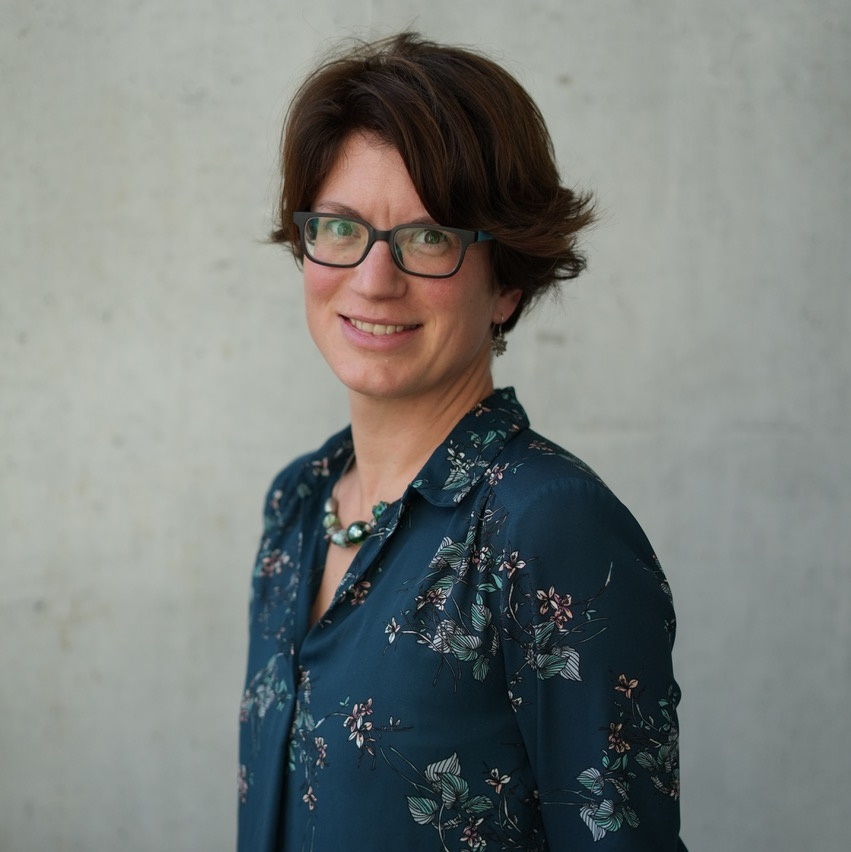Multivalency as Geometric Puzzle: Engineering (super)selectivity at the biointerface with DNA
Understanding and manipulating precise interactions between materials and biology – the biointerface – is key to ensure optimal performance of diagnostics and therapeutics. Functional materials for biological applications, e.g. vaccines or implants, work best when their interaction with cells is precise. If not, side effects and toxicity might occur. Interactions are labeled superselective, when they happen only in a very specific (cellular) context and as such, present a strategy to enhance the therapeutic effect of bioactive materials.
Selective multivalent interactions are traditionally engineered with a focus on the balance of valency and affinity, and often a good amount of structural flexibility is present. In my laboratory, we hypothesized that rigidity at the nanoscale could be a strong determinant of super-selectivity. We combine insights from biophysics and tools from DNA nanotechnology to engineer materials with a controlled flexibility/rigidity balance which allows to present molecules and organize interactions in precise spatial patterns. I will show how structural mechanical properties on the nanoscale determine the selectivity of interactions between DNA and lipid membranes, in immune activation pathways, and how they are critical for super-selective Multivalent Pattern Recognition (MPR). Exploiting programmable flexibility within the well-defined DNA molecule, our research presents a new engineering strategy to investigate the impact of nanorigidity in functional soft matter, surface order and communication with life.
